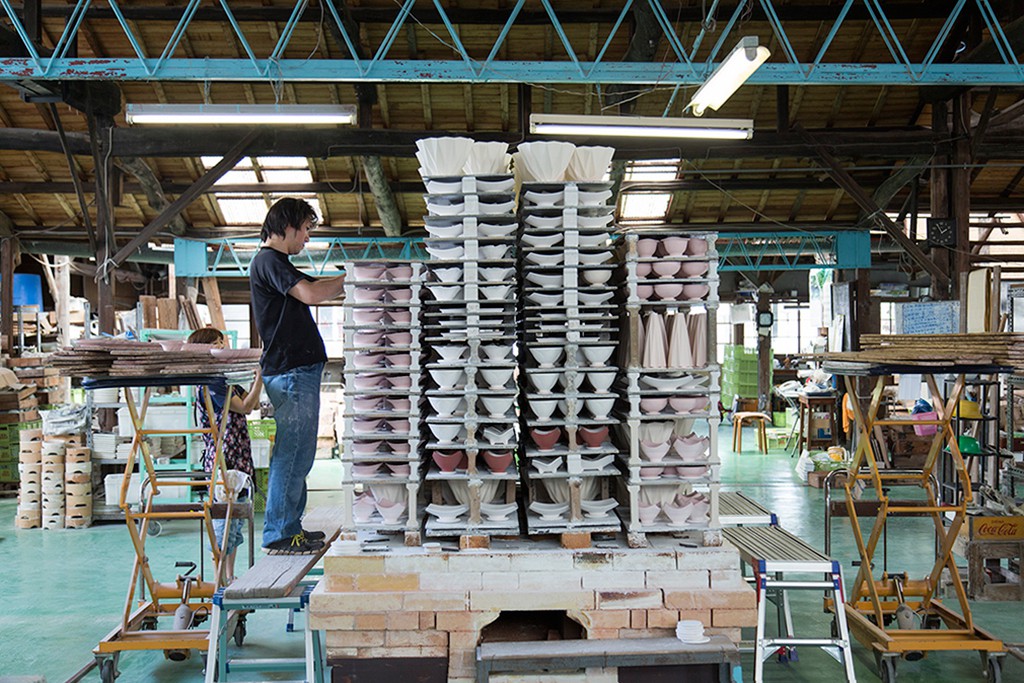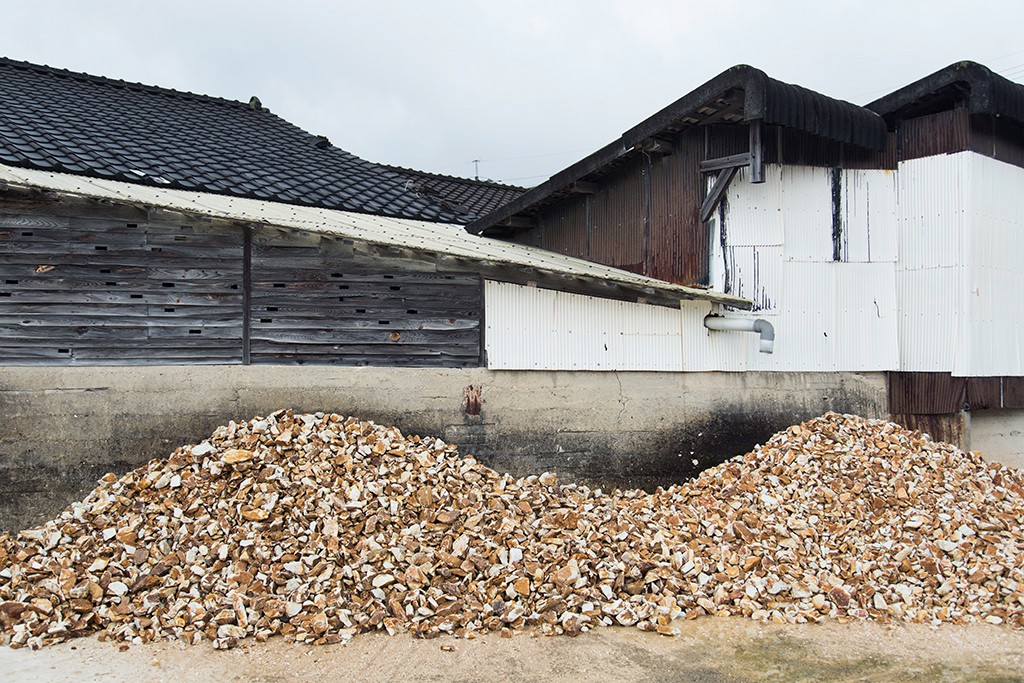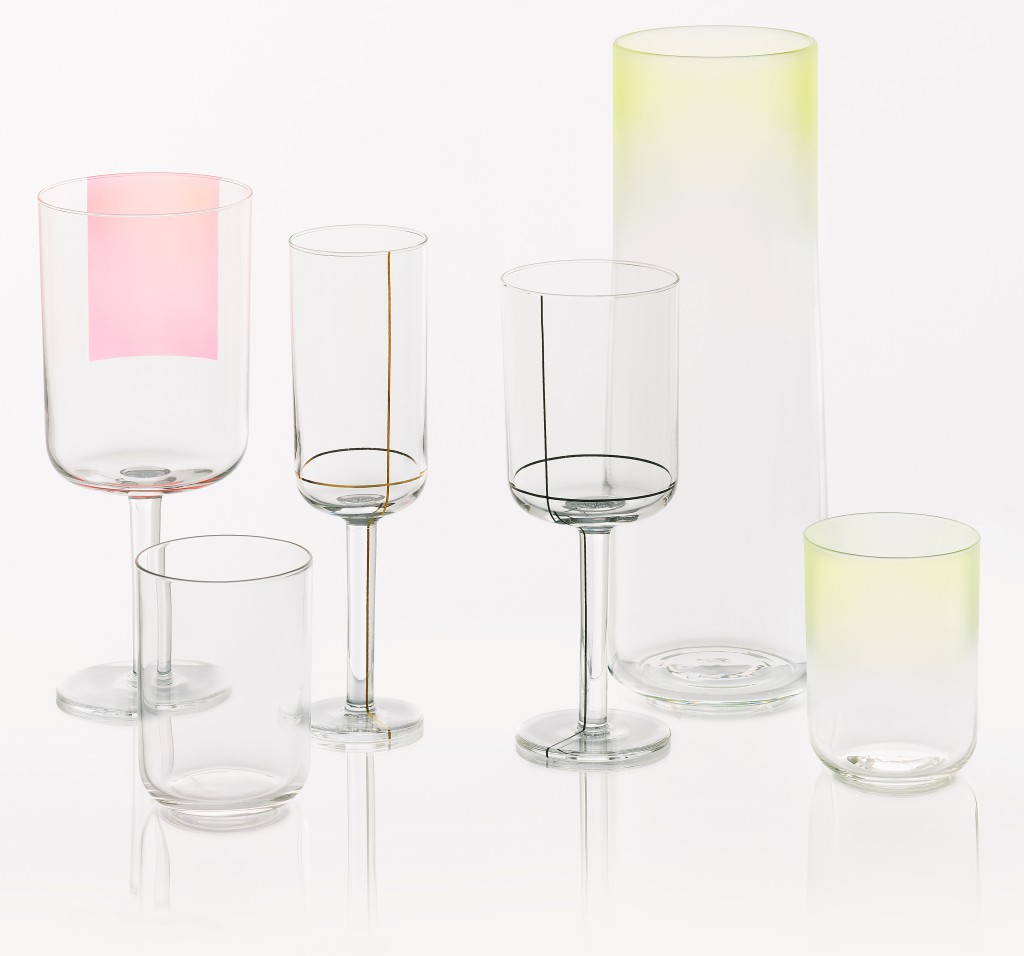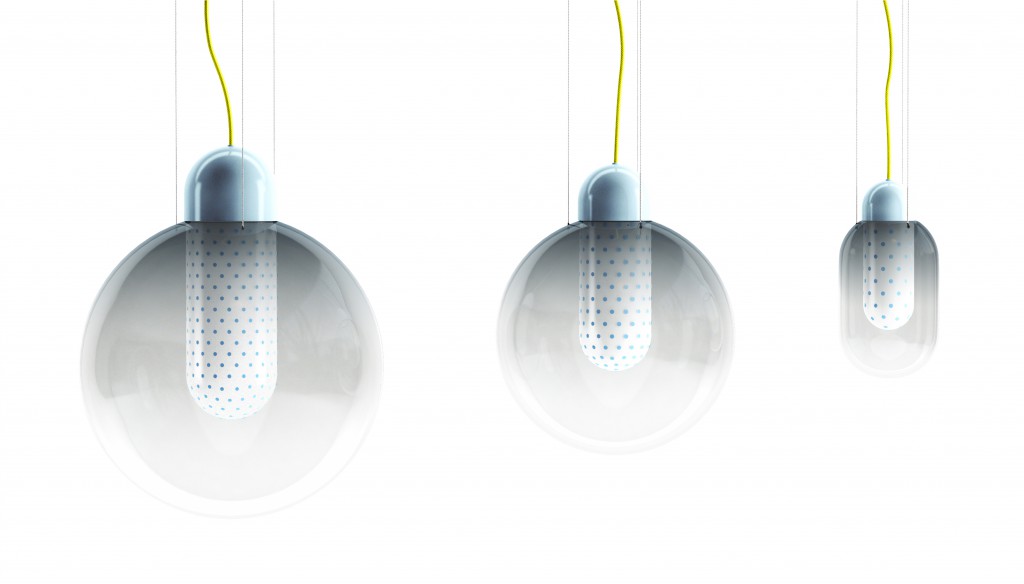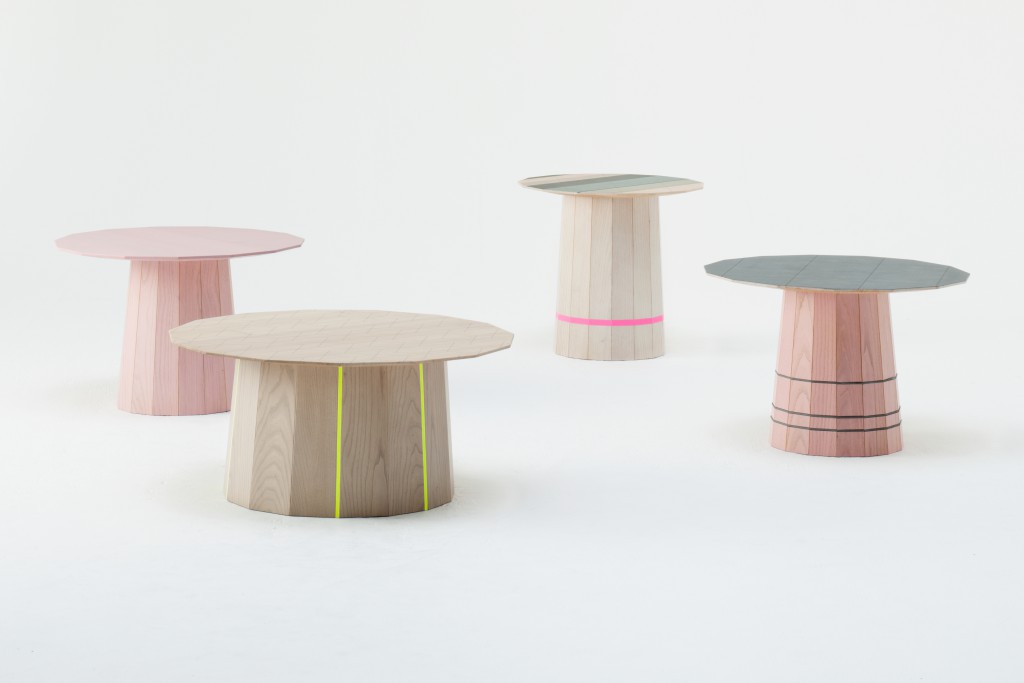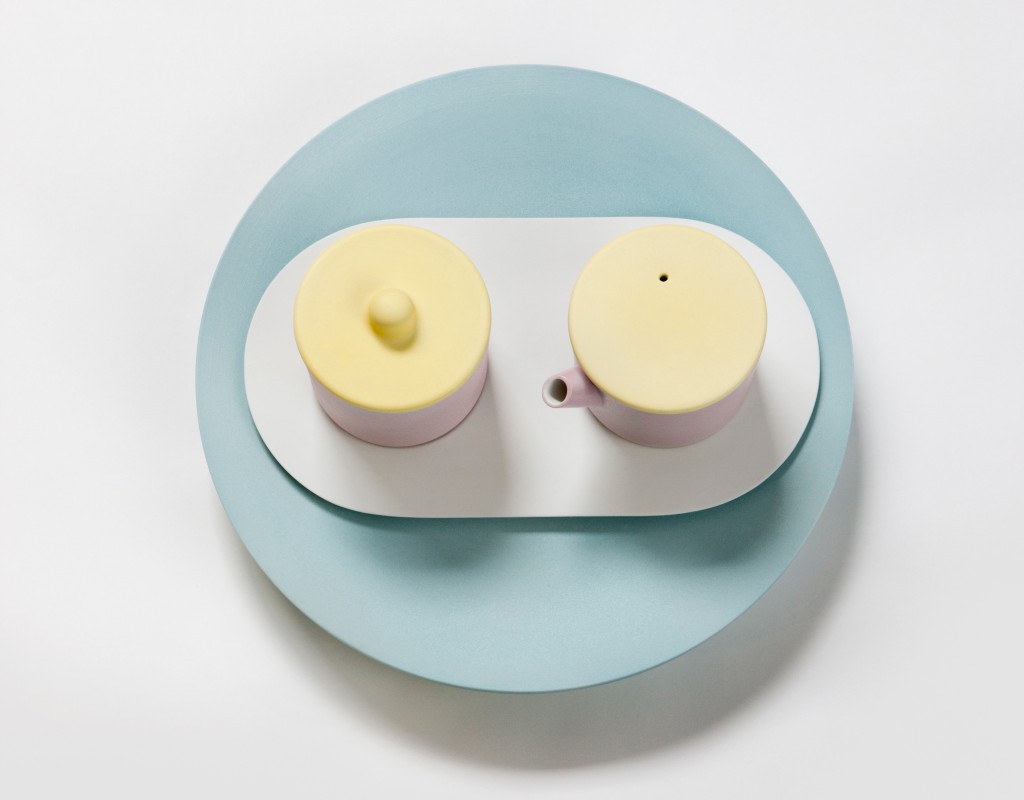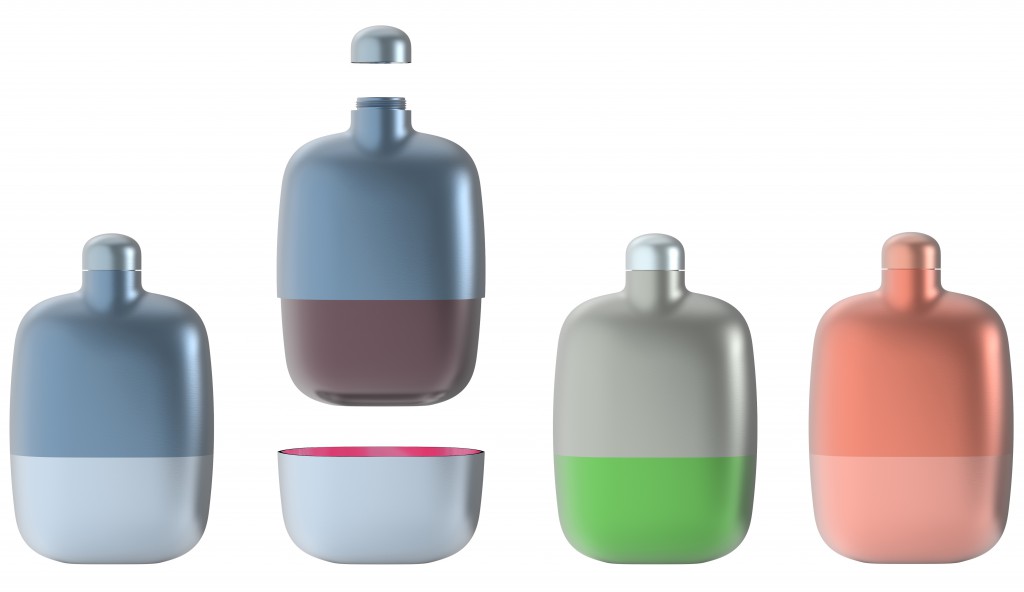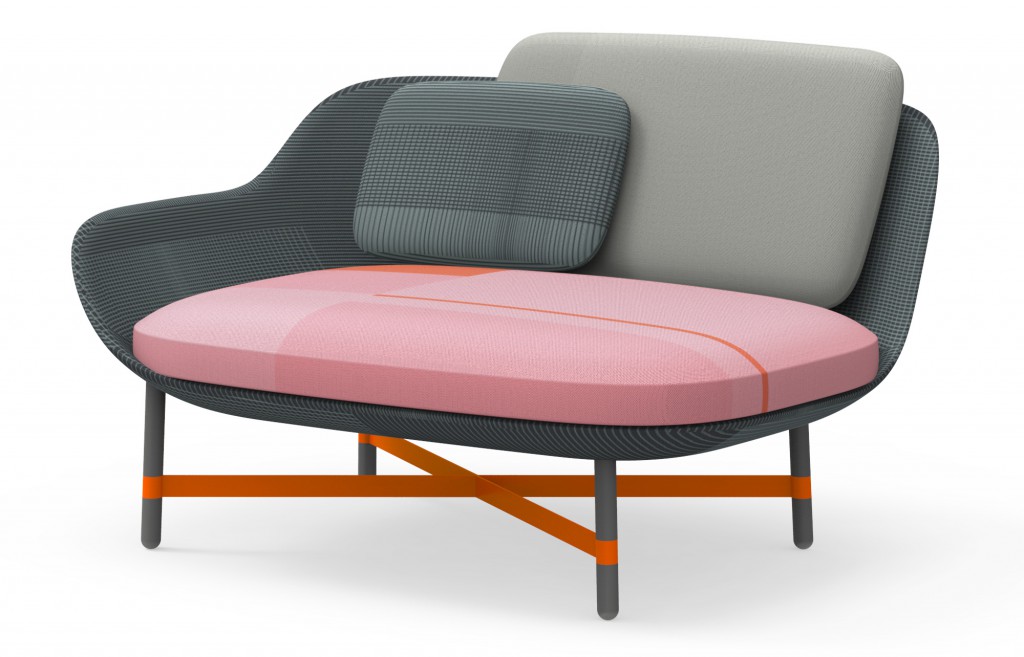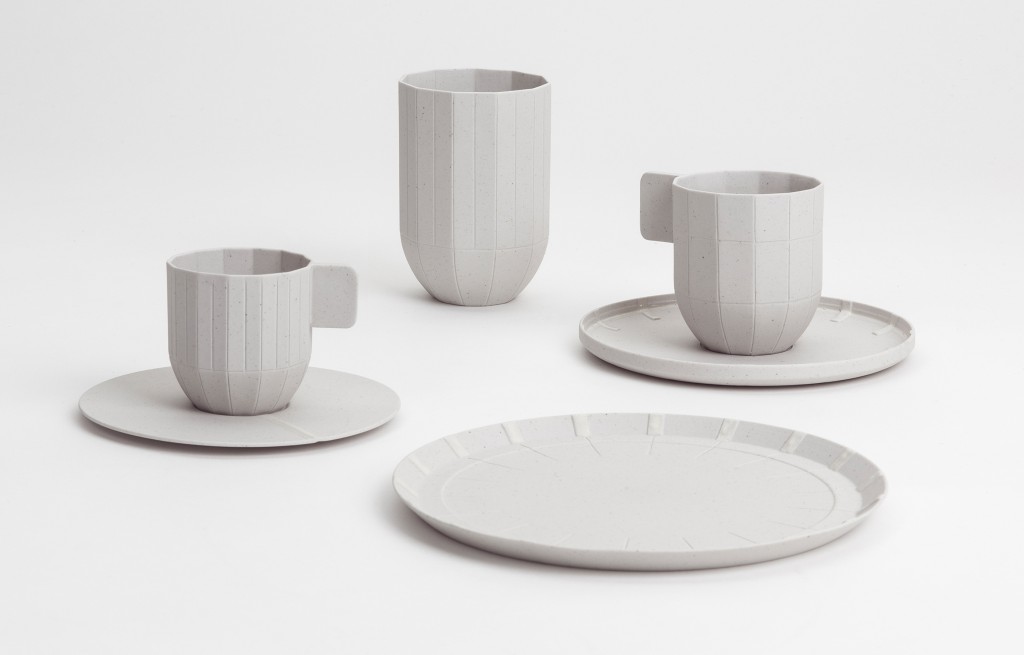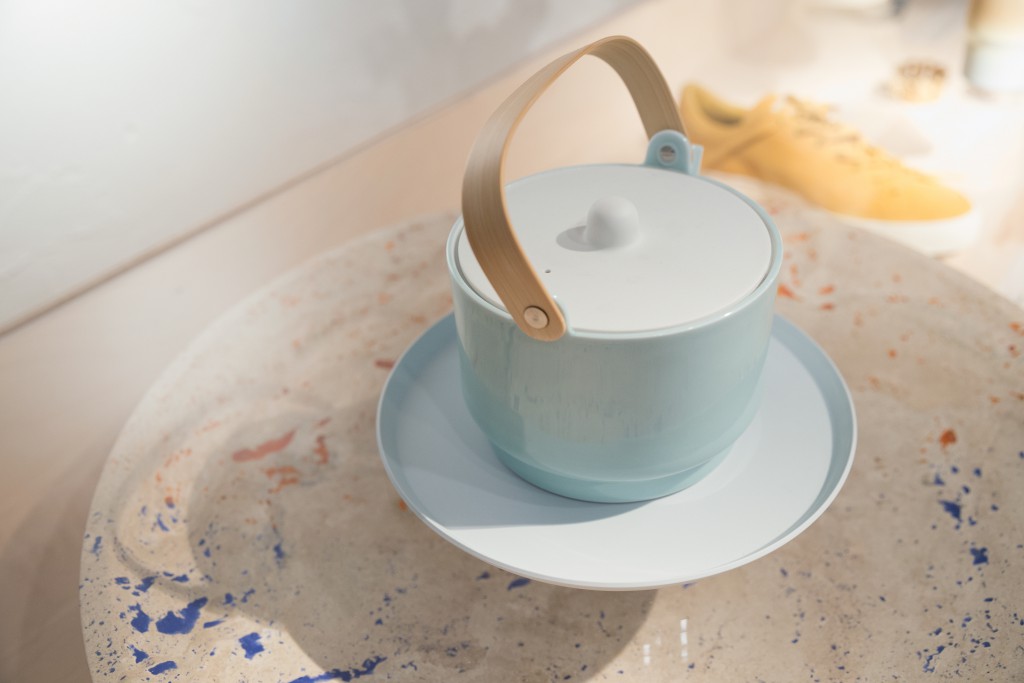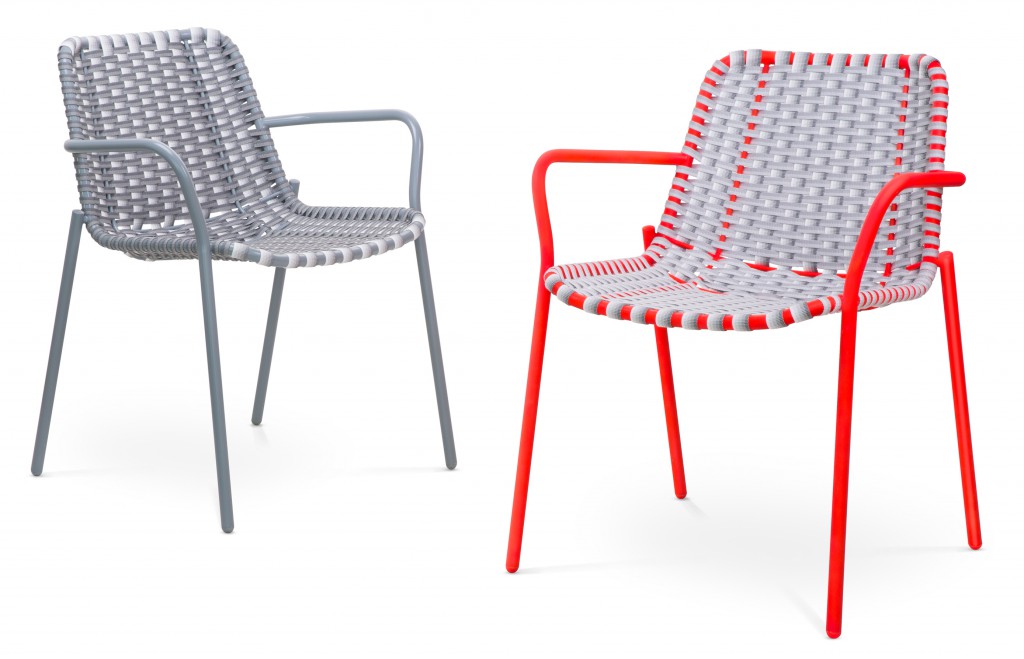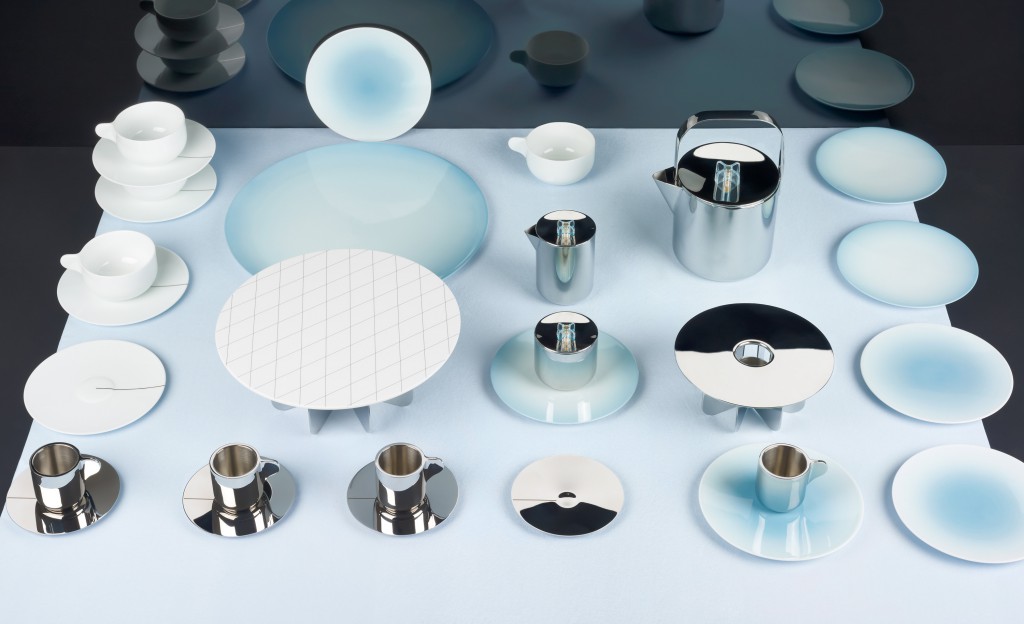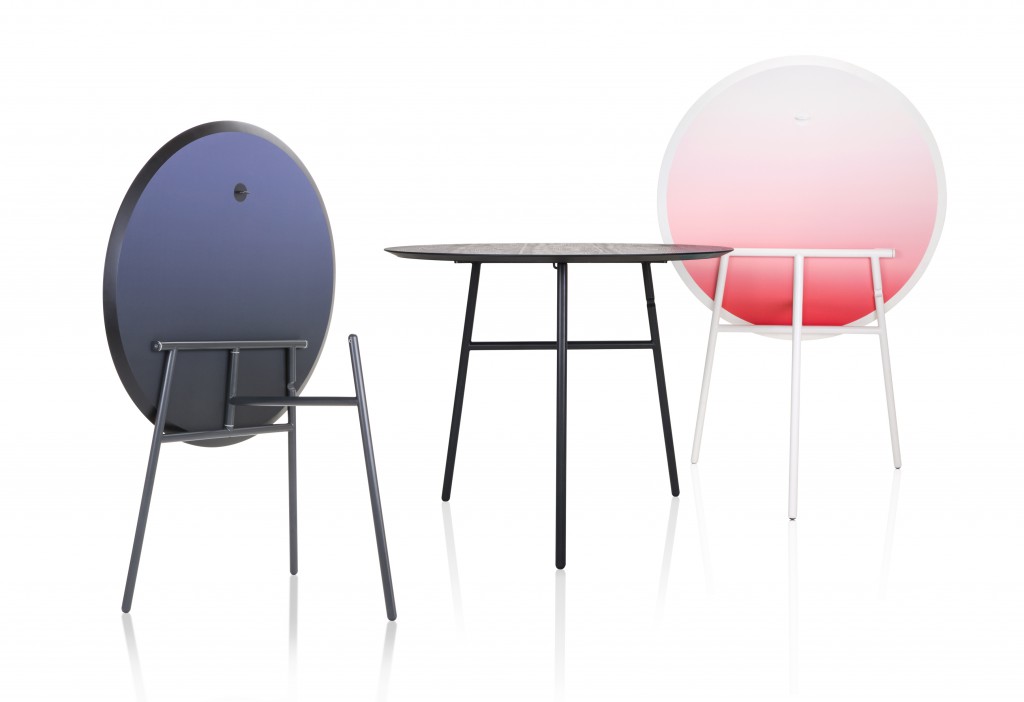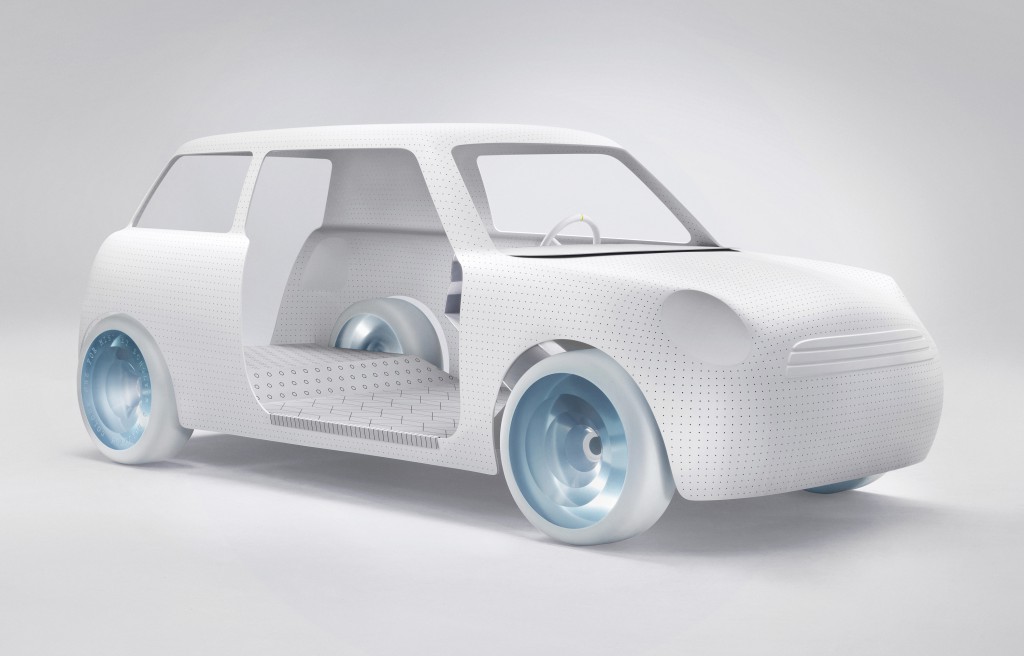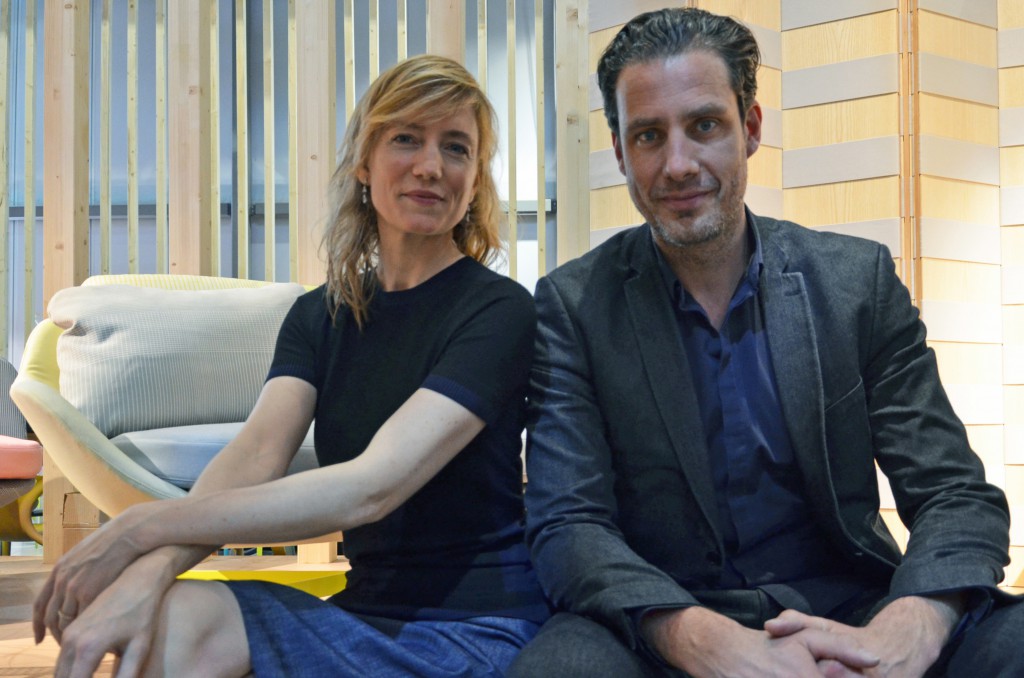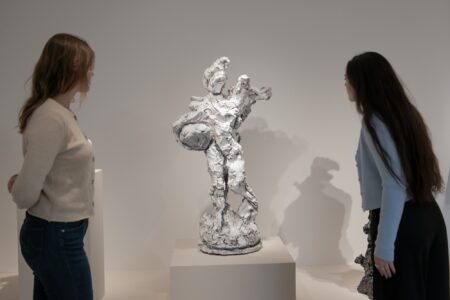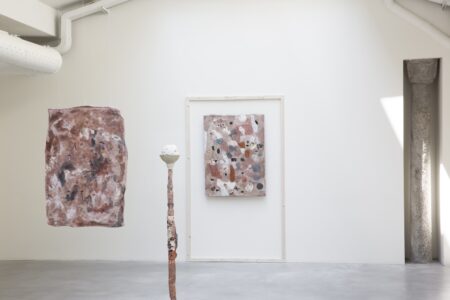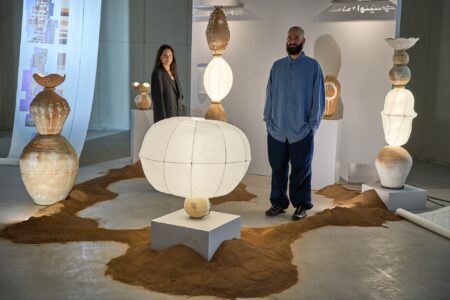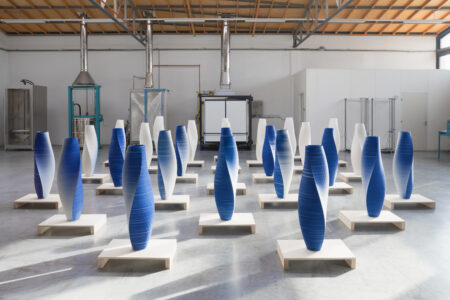Material Tendencies: Scholten & Baijings
The works of Dutch design duo Stefan Scholten and Carole Baijings embody the distinctive identity the couple is known for: colour, gradual hues, transparency, layers and geometric patterns and grids, yet with a very gentle and delicate appearance.
Architonic caught up with Scholten & Baijings to talk about materials and their passion for ceramics.
Anita Hackethal, Architonic: What role do materials play for you during the design process?
Carole Baijings: ‘For us, design is not a cerebral process. Many ideas emerge through the process of working with materials – “thinking through making”. By making paper models, we arrive at new forms. We’ve been teaching this way of “constructive thinking” from 2006 till 2011 at the Design Academy Eindhoven. Within the design process, we combine this method with colour, material, texture and tactility.’
Stefan Scholtens: ‘When you hold a cup and feel its roundness, its size, its proportions – that’s quite different from a 3D computer image. Our method is traditional at every level. We don’t just invent forms and then find the right materials and the right producer. First, we dive into the process ourselves. This means that we remain open to the surprises that can occur while we’re experimenting with materials. One experiment logically leads to another.’
AH: If you had to pick one material to work with for the next three years, what would it be?
SS: ‘Our 2016/ project uses the specialist porcelain skills found in the town of Arita, Japan. It’s opened up a world of possibilities, which we wish to explore more. It’s actually a good idea to focus on just one material to get a greater understanding of it. The reason why we work with different materials is because we like to work with different cultures.’
In 2013, Scholten & Baijings started working in Arita, the oldest Japanese porcelain region. After their ‘Colour Porcelain’ collection for 1616/ Arita Japan, they decided to continue working with porcelain and were invited to take part in this initiative together with Teruhiro Yanagihara, artistic director of 1616/ Arita Japan, to mark the 400-year anniversary of Arita.
Carole: ‘In the 17th century, Arita porcelain was transported to Europe by the ships of the Dutch East India Company. The Netherlands has had a long relationship with Japanese craft businesses! Together with Teruhiro Yanagihara we are the project’s art directors. The idea – inspired by the founding of Arita in 1616 – is to link 16 international designers to 16 artisanal porcelain companies in Japan. We are fascinated by Arita’s connection with the past, but also with the possibilities for new production technologies. At the ceramic technical research laboratory in Arita, they have invented a way to produce porcelain that is 10% lighter. New methods of production that use CNC milling machines and injection moulding can be further exploited. We will encourage the designers to combine these new technologies with traditional handcraft processes.’
SS: ‘There are not many industries left that have 400 years of history and knowledge. This is a great draw for the designers involved, who will become immersed in the culture and the porcelain-making traditions, the structure and geography of the industry and the many skills of the local makers. We’re very grateful for the high degree of perfection, the magnificent craftsmanship and refined culture.’
The 2016/ project brings together the porcelain-making skills of potteries in Arita, with the talent of 16 international designers: Tomás Alonso, Scholten & Baijings, BIGGAME, Kueng Caputo, Pauline Deltour, Saskia Diez, Stefan Diez, Shigeki Fujishiro, Christian Haas, Christien Meindertsma, Kirstie van Noort, Ingegerd Råman, Leon Ransmeier, Studio Wieki Somers, TAF, Teruhiro Yanagihara. 16 different works and collections of porcelain objects for the home launched in spring 2016.
This article originally appeared on Architonic, where TLMag presents articles in French and English.
